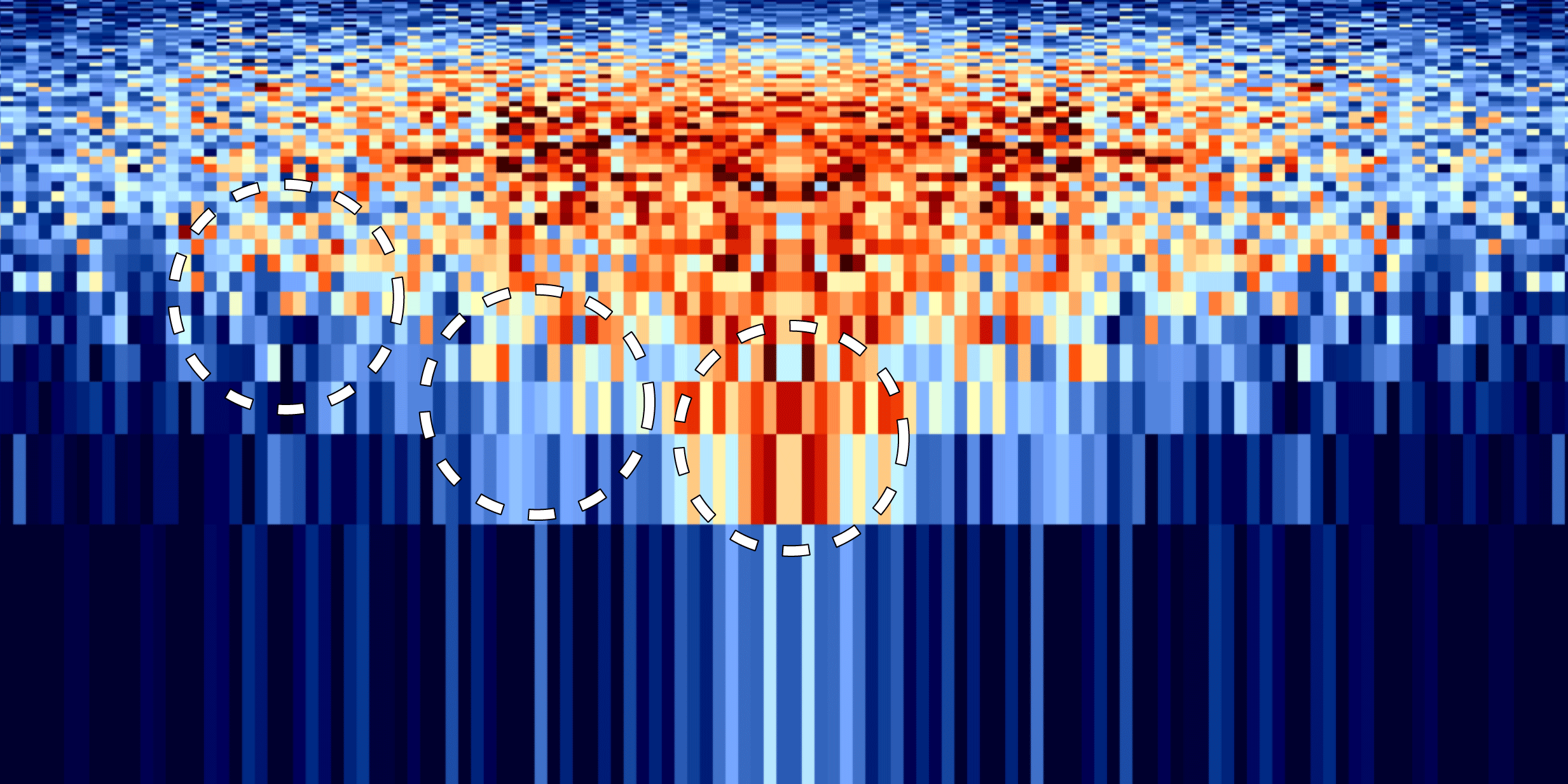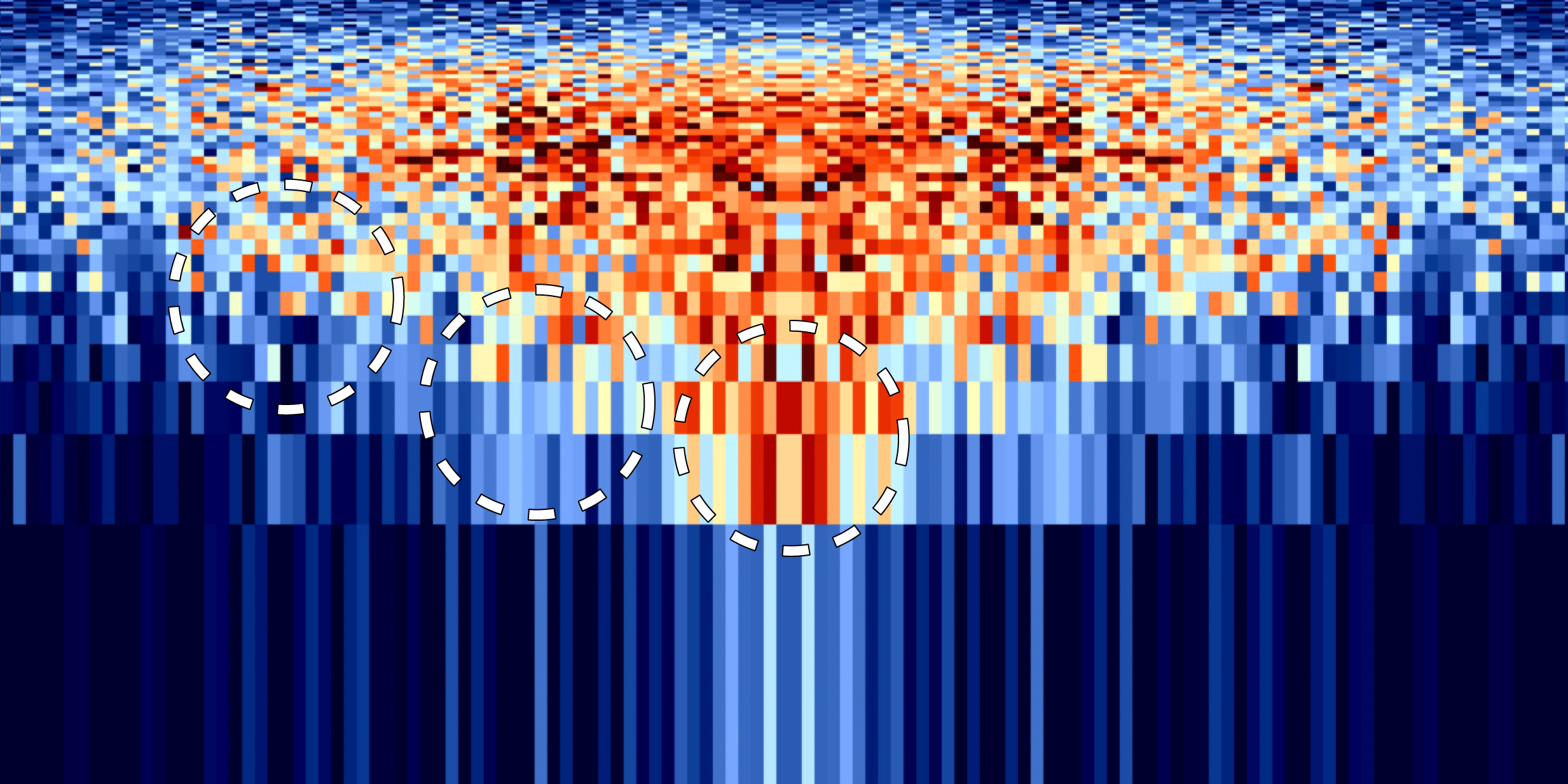Mid-Infrared Lasers Probe Atomic Structure
Time-resolved imaging of atoms and molecules is critical for understanding chemical reactions. To acquire such images, researchers typically bombard atoms or molecules with short laser pulses and then measure the emitted electron distribution. These pulses are often provided by near-infrared Ti:sapphire lasers because they are more readily available, but the data are ambiguous to interpret. Now, researchers in Jens Biegert’s group at The Institute of Photonic Sciences (ICFO) in Barcelona have overcome these problems and investigated atomic and molecular structure using a unique setup that combines a mid-infrared laser source with a 3D detector.
The authors study ionization in the strong-field regime, in which the laser pulse distorts the electric field of the atom, allowing an electron to tunnel into the vacuum. The emitted electron accelerates within the strong electric field of the laser before recolliding with its parent ion and either recombining or scattering. Compared to shorter-wavelength pulses, mid-infrared pulses allow electrons to tunnel from the atom at much lower intensities, thus avoiding excessive ionization of the atom. The electric fields of longer-wavelength lasers also accelerate the electrons for more time, which results in a quadratic increase in the electron energy. This provides the ability to probe nuclear rather than solely electronic structure, with unprecedented spatial and energy resolution.
To demonstrate the technique, the researchers shone a -micrometer laser into a cold, diffuse xenon gas to produce electrons and Xe and Xe ions. They measured the arrival times and positions of the emitted electrons using a detector that recorded the charges’ momenta in three dimensions and over six orders of magnitude of energy. In a separate work, Biegert and his team demonstrated that their technique can be used to reveal the spatial arrangement of atoms within acetylene molecules.
This research is published in Physical Review X.
–Katherine Kornei





